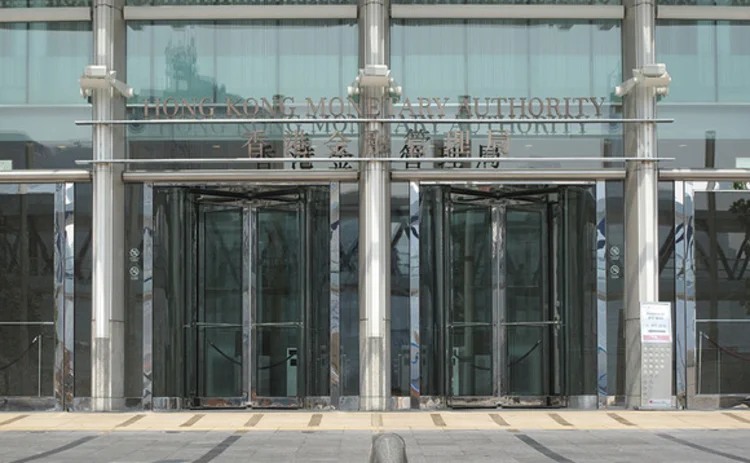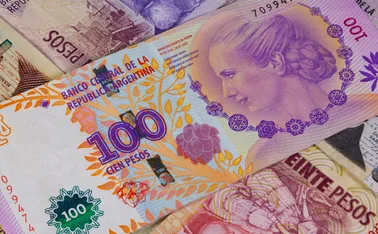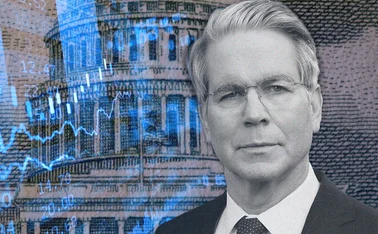
HKMA eyes infrastructure investments in Belt and Road initiative
Hong Kong’s central bank plans to invest reserves to help meet Asia's $1.7 trillion annual infrastructure need

The Hong Kong Monetary Authority (HKMA) launched an infrastructure financing facilitation office (IFFO) in July 2016 with the goal of promoting Hong Kong as an infrastructure financing hub for the infrastructure projects in countries along China’s Belt and Road imitative.
To date, the IFFO has built a network of more than 77 partners, including multilateral financial agencies and development banks, public and private sector investors, asset managers, banks, infrastructure project sponsors and
Only users who have a paid subscription or are part of a corporate subscription are able to print or copy content.
To access these options, along with all other subscription benefits, please contact info@centralbanking.com or view our subscription options here: subscriptions.centralbanking.com/subscribe
You are currently unable to print this content. Please contact info@centralbanking.com to find out more.
You are currently unable to copy this content. Please contact info@centralbanking.com to find out more.
Copyright Infopro Digital Limited. All rights reserved.
As outlined in our terms and conditions, https://www.infopro-digital.com/terms-and-conditions/subscriptions/ (point 2.4), printing is limited to a single copy.
If you would like to purchase additional rights please email info@centralbanking.com test test test
Copyright Infopro Digital Limited. All rights reserved.
You may share this content using our article tools. As outlined in our terms and conditions, https://www.infopro-digital.com/terms-and-conditions/subscriptions/ (clause 2.4), an Authorised User may only make one copy of the materials for their own personal use. You must also comply with the restrictions in clause 2.5.
If you would like to purchase additional rights please email info@centralbanking.com test test test








